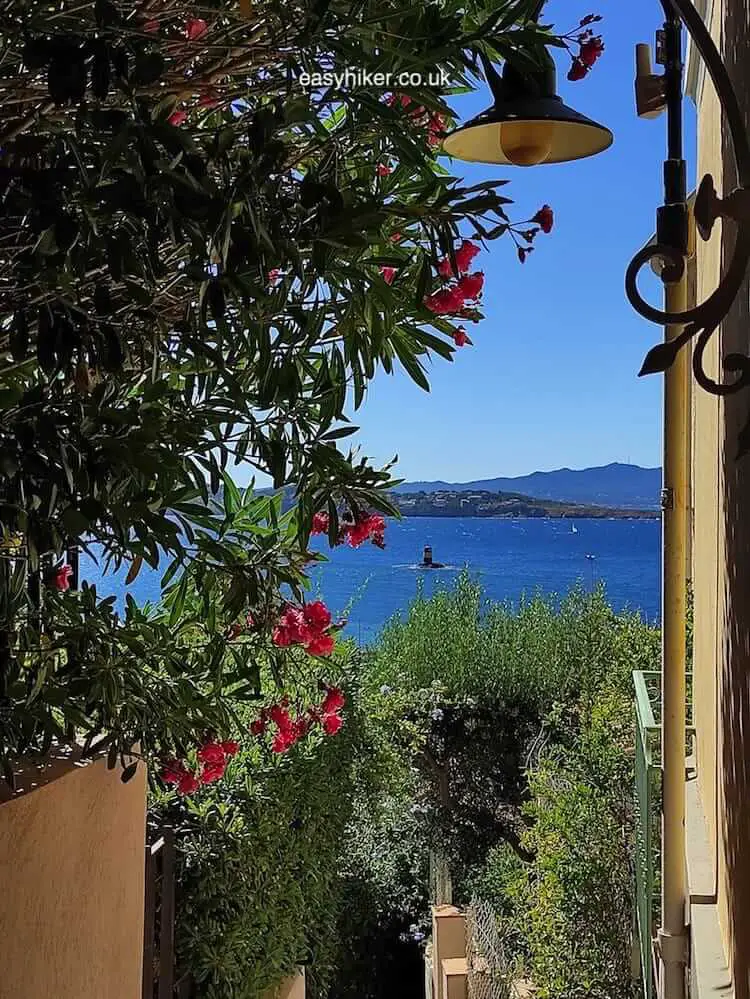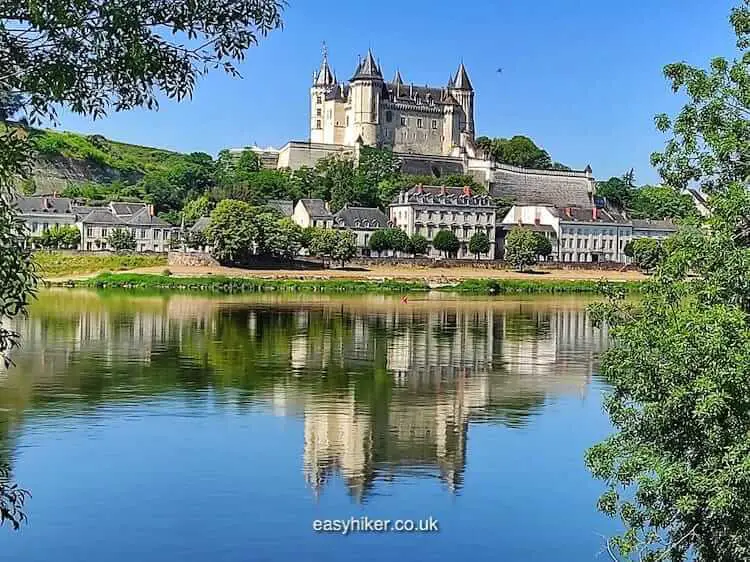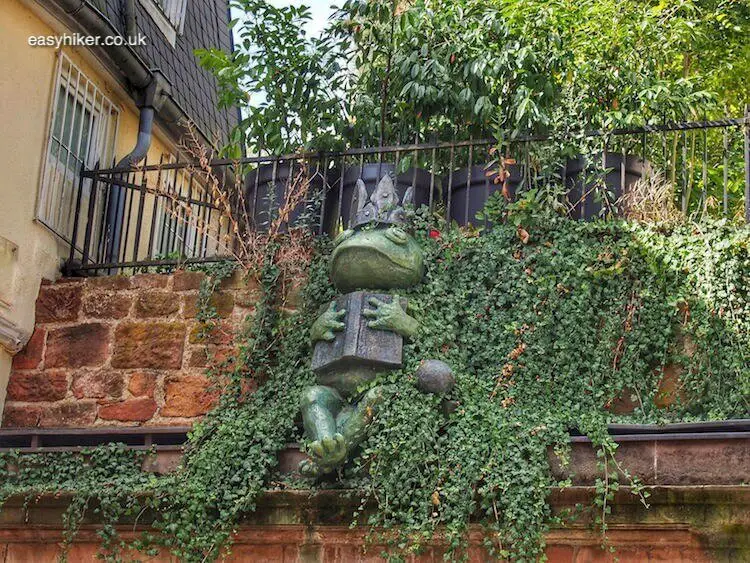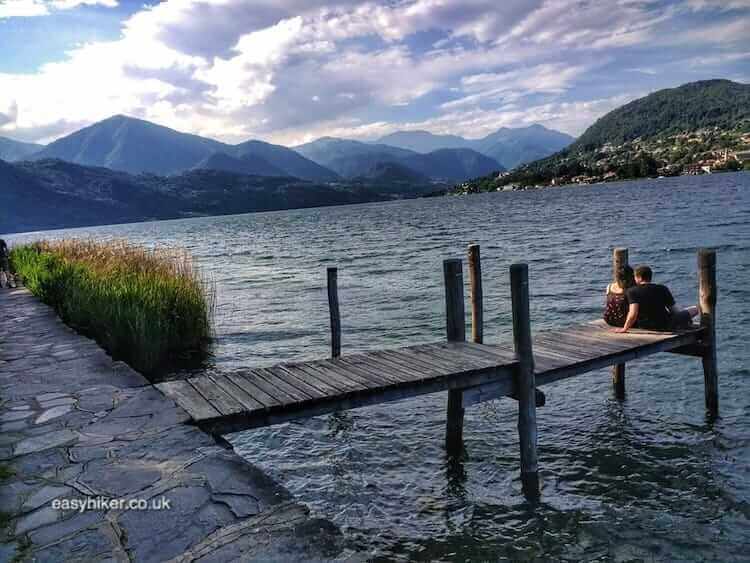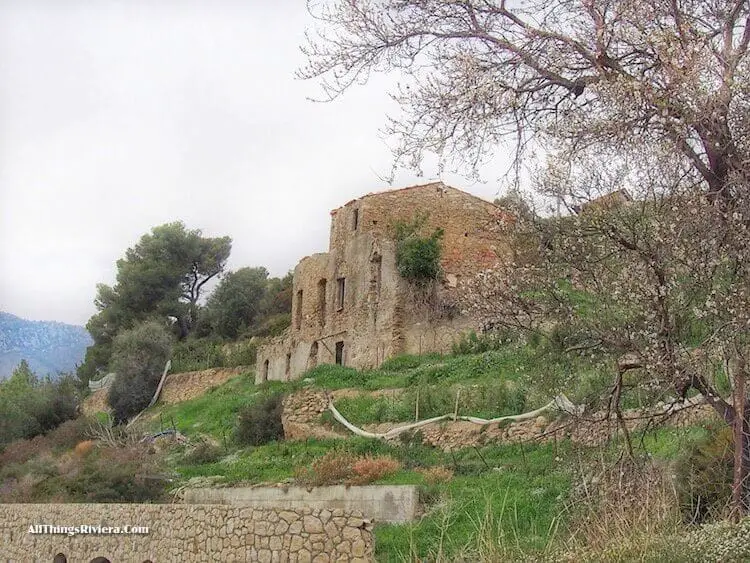Coastal resort towns all over the world are the same – or so I thought before I took a closer look. Since then, I believe that this is a sweeping generalization which, like all sweeping generalizations, contains a grain of truth and a lot of ignorance.
In fact, resort towns can be 10 kilometres away from each other and a world apart – such as La Ciotat and Bandol on the Mediterranean coast just east of Marseilles.
Sure, there are obvious similarities (the “grain of truth”): Bandol has a marina, too, …
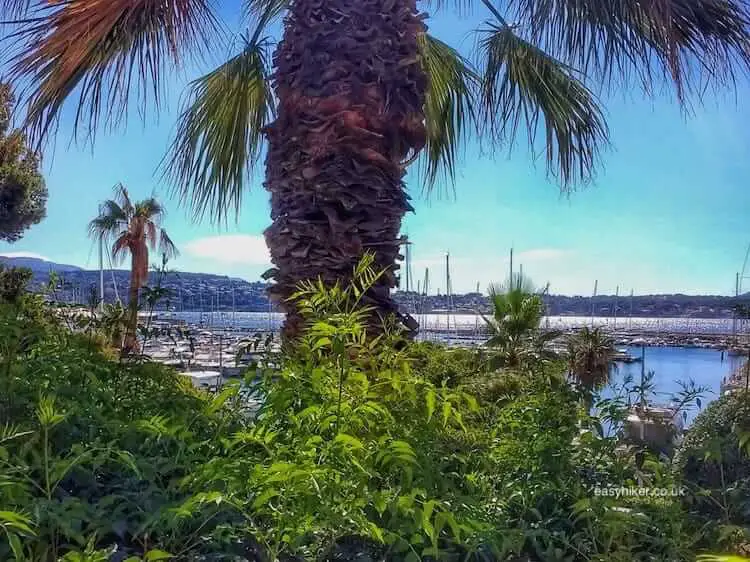
… as well as a beach …

… and its seafront shops may even be brasher than those in its near-neighbour to the west.
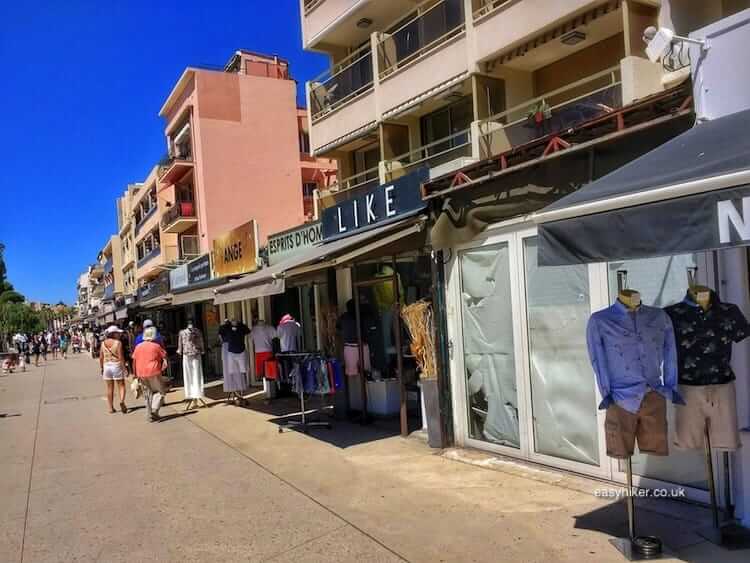
The two historic town centres also look quite the same: neither leaves you in much of a doubt which corner of Europe you are visiting.
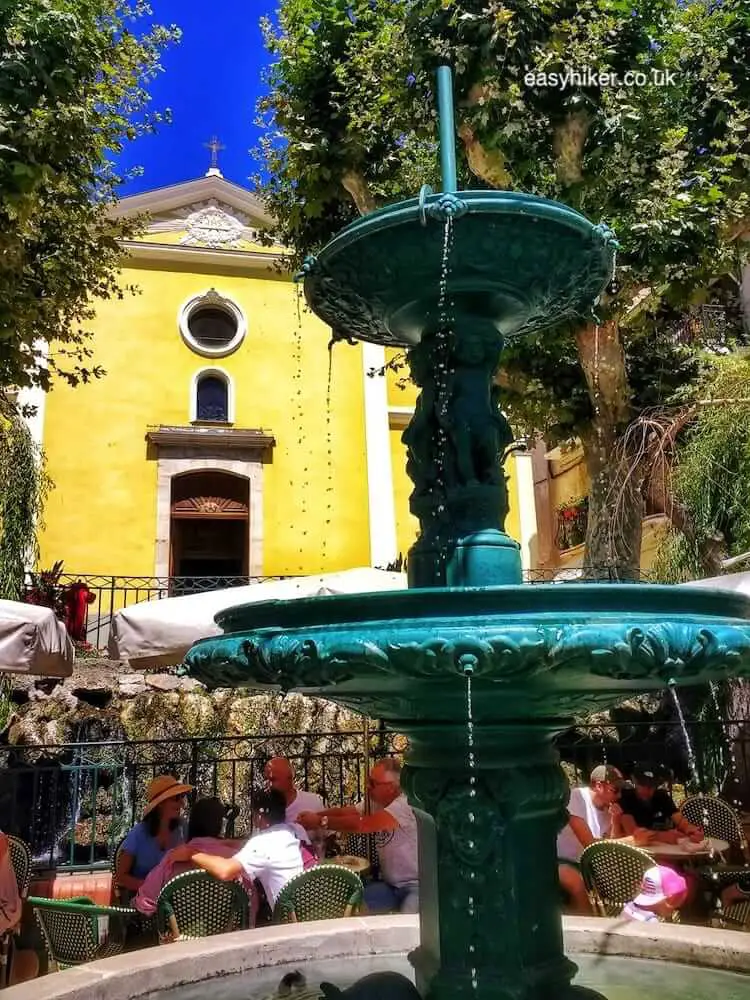
But similarities only take you so far: humans share 60 percent of their DNA with bananas (or any other plant), 90 percent with most mammals, and up to 99 percent with the higher apes. It is the differences that count.
And the key difference between the two neighbouring resort towns is this: while La Ciotat can look back on a varied history – once a fisherman’s village, then an industrial giant, now a somewhat hardscrabble resort town – Bandol was born with a silver cork in its mouth.
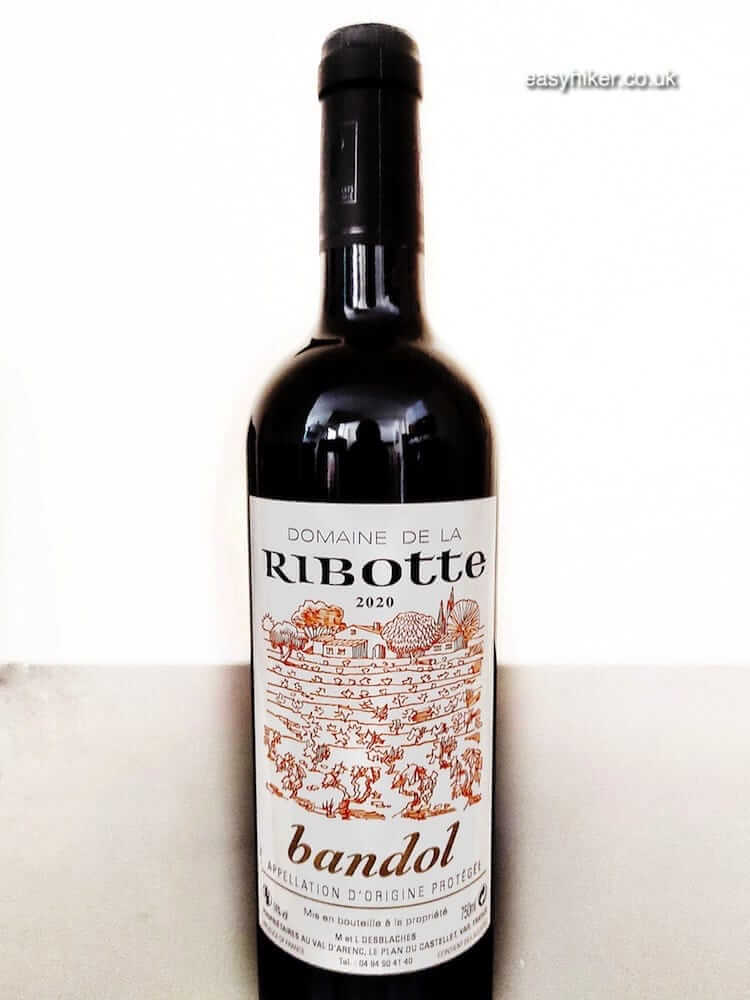
The history of Bandol starts in the year 1715 when the Boyer family, recently ennobled landed gentry, decided to establish a coastal hub for their extensive wine production.
Soon, wines with the appellation of Bandol were found on the top tables in France – including the toppest table of all, the one in Versailles where King Louis XV dined and drank – and the village at the centre of it all quickly became a prosperous small town, growing from 7 “pioneer” families in 1715 to 1,200 inhabitants a mere 70 years later.
Bandol – Born with a Silver Cork in its Mouth
Even today, Bandol is still one of the best known wine-growing areas in France. The local grapes are strong in flavour, making the bandol reds relatively heavy – so heavy in fact that people in the region usually refrain from drinking them in the summer months.
This reluctance may well have been the root cause why, three hundred years ago or so, the local growers started to experiment with their wines and found out that a totally different drink – light and summerly – could be produced if they took the skins out early in the process.
Nowadays, while Bandol reds have their admirers, it is the rosés that account for 70 percent of all sales – and nearly 100 percent of the appellation’s fame.
Of course, bottles of the local wine also make great souvenirs – provided you skip the supermarkets and manage to buy something from an independent producer or at a regional market.
The good news is that just such a market is held every day (we were assured) in the centre of town on the stretch between the seafront and the Place de la Liberte, with Bandol Town Hall on your left hand side.

Whether you are shopping for souvenirs or not: this building is worth a look.
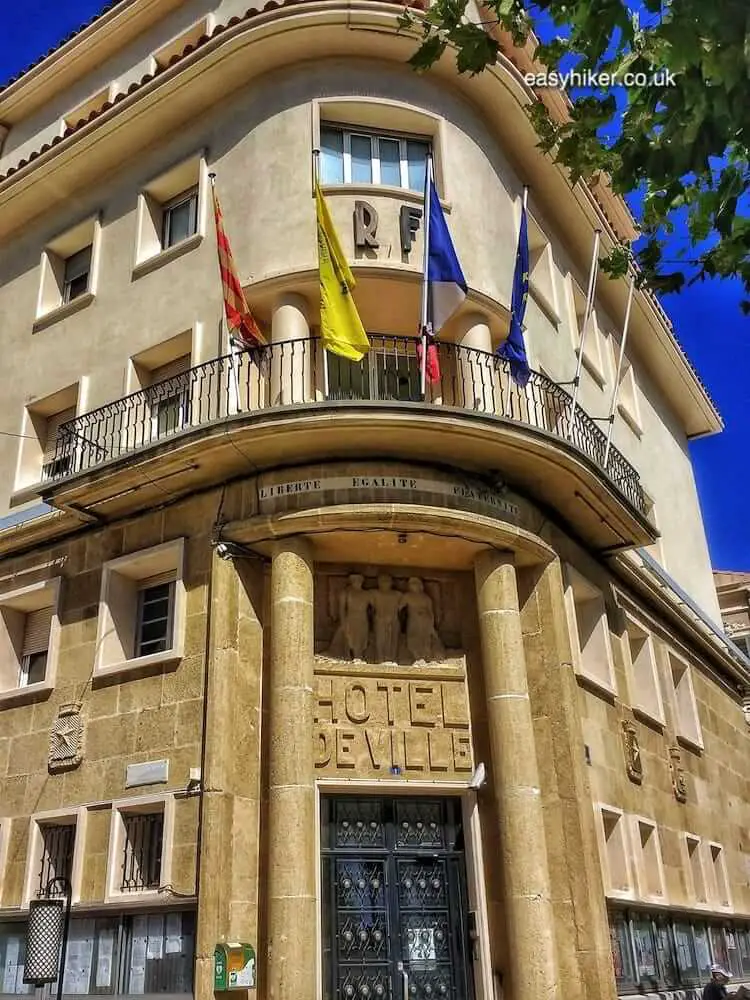
It illustrates very well where the money went that flowed in during Bandol’s peak popularity as a seaside resort: much of it was wisely invested in the creation of a viable tourism infrastructure, something that also includes a series of first-class prestige buildings.
It also reflects how Bandol saw itself at the time: as a rival to metropolitan cities, if not in size, then in style, sophistication and elegance. Beautiful architecture from the 19th century up to modernity, meanwhile, is not confined to the town centre – or even to municipal vanity projects.
Many towns may have a City Hall that could grace a town ten times its size – but who has an Art Deco elementary school?

(The school was designed by Fleury Linossier, who is mainly known for his delicate water colour paintings. But he also had a second career as an architect, predominantly constructing local mansions for celebrities including Gregory Peck and Maurice Chevalier.)
For a short walk, we recommend to head down the seaside boulevard, turning inland whenever a promising-looking Montée leads up the stairs into the beachfront’s “hinterland”.
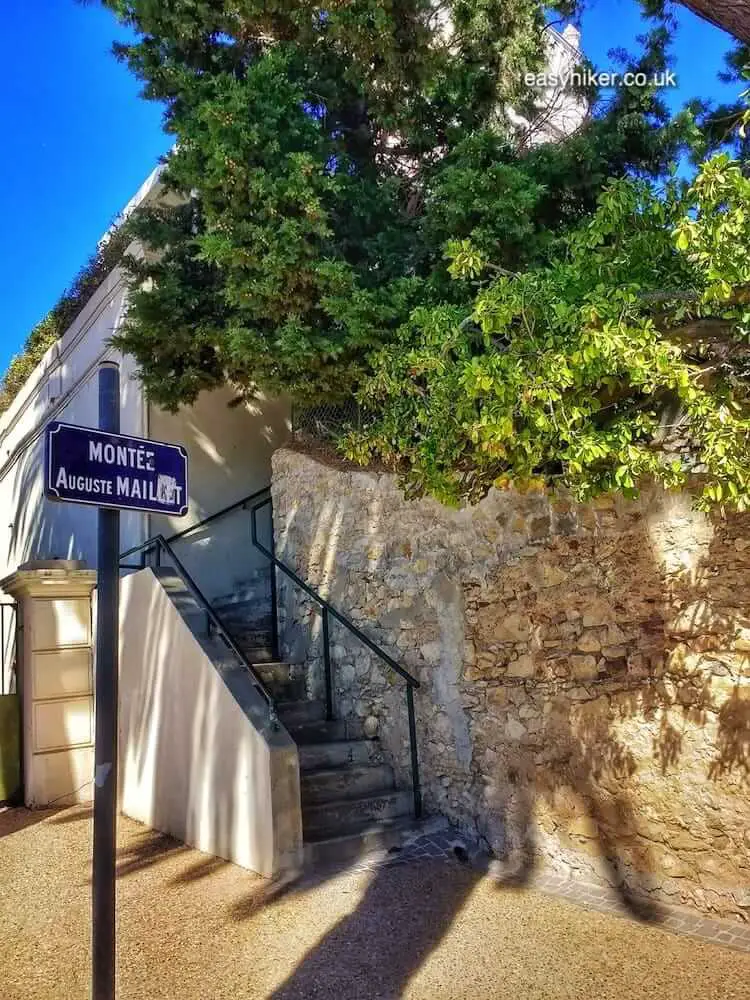
You can generally count on finding something pretty or interesting there – and, occasionally, things that are both.
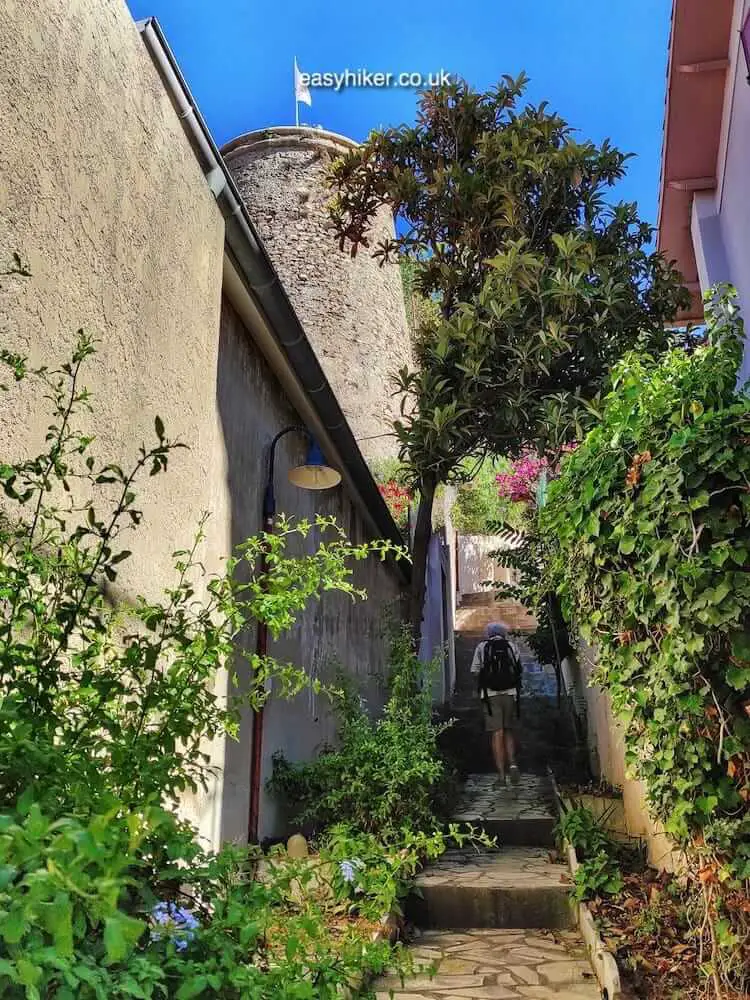
If have set your mind on a longer walk, you can take the 6-km sentier littoral from Bandol beach to Saint Cyr, the town about-half-way between Bandol and La Ciotat.
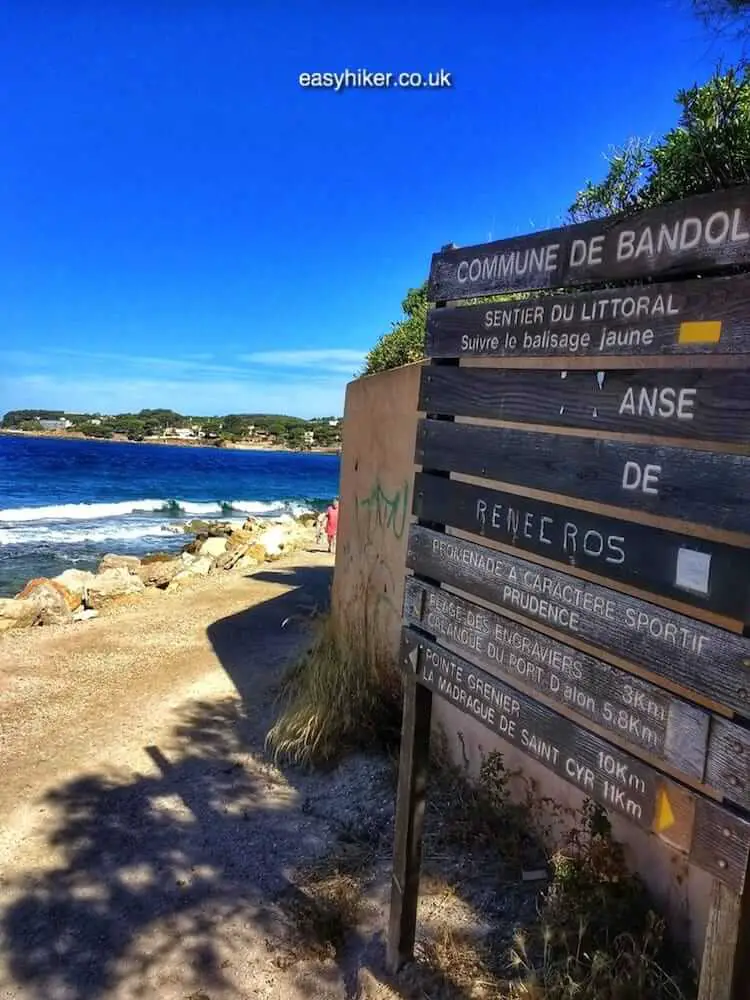
This coastal trail is renowned for its beautiful views across the sea and Mediterranean landscapes. There is, however, a catch: if you plan to take the train from Saint Cyr to return to your holiday base (in Bandol, La Ciotat or further afield), you must add approx. one mile for the walk from Saint Cyr beach to Saint Cyr train station.
In the late 19th century when the railway line between Marseille and Toulon was constructed, Bandol – presumably on the strength of its growing reputation as a posh seaside resort – was the only small town on the route that received a train station close to the town centre.
If you do not have the time (or the energy) for such a longer hike: do not worry. Even without leaving the confines of the town, there is enough to discover in Bandol to guarantee you a delightful and entertaining day trip.
